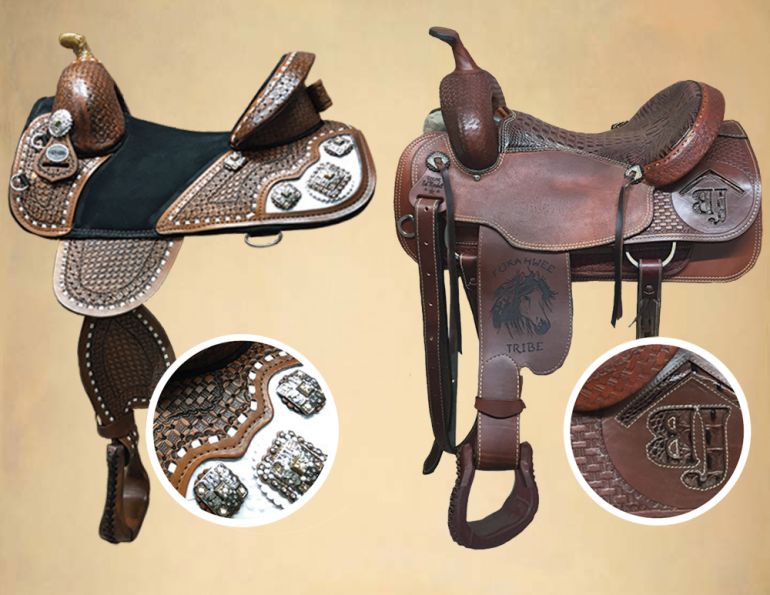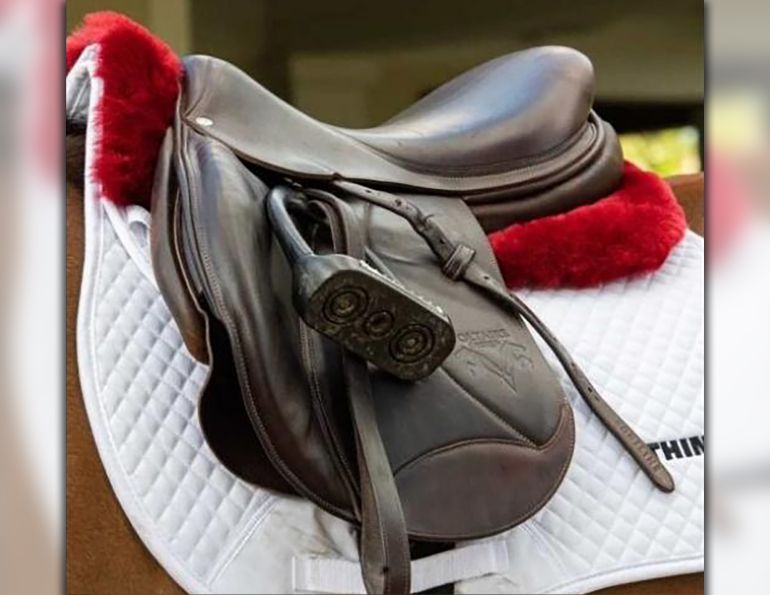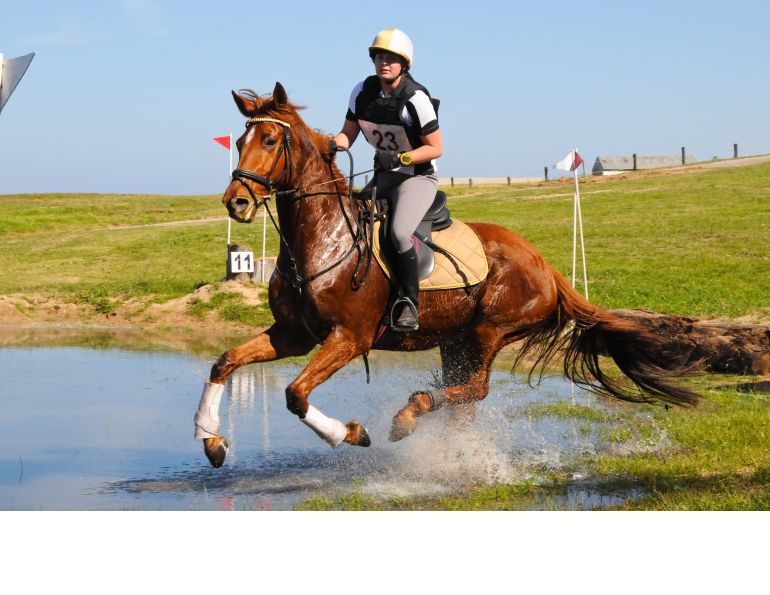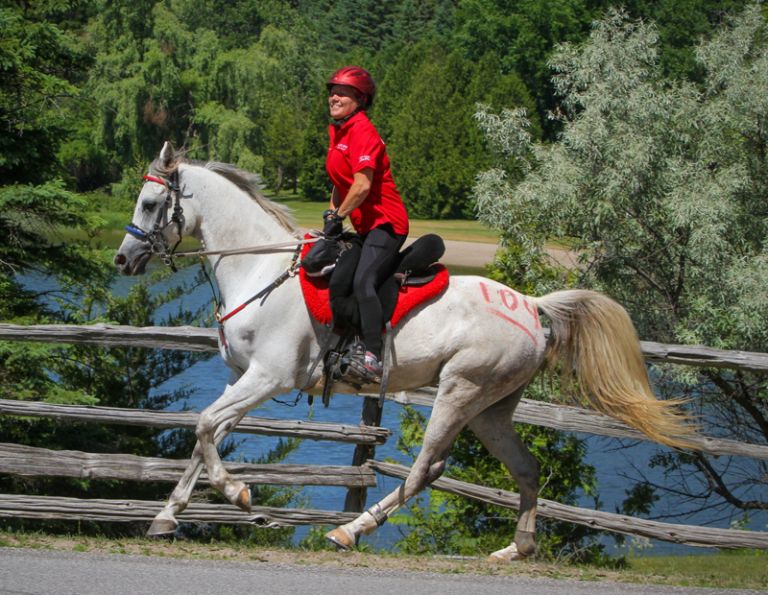By Ceileidh Sager
The cooler temperatures that accompany the arrival of winter should be a reminder that the season’s rain, wind, and snow can wreak havoc on your tack. Saddles, bridles, and other leather equipment represent important investments, and preventing leather from cracking, drying, or becoming moldy is crucial to its longevity. Here are some guidelines for keeping your tack in tip-top shape throughout the winter.
The first step in your end-of-fall routine should be a quick reorganization of your tack room. If you haven’t been using a piece of leather equipment and you don’t foresee yourself using it over the winter, bring it into the house and store it in a dry, pet and rodent proof place at room temperature, and out of direct sunlight.
Before storing it away, clean your leather tack thoroughly and condition it with a product containing natural oil or beeswax. Remove stirrup leathers from the saddle, and stirrup irons, and take apart any bridles or similar gear so that the metal buckles and bit don’t remain in contact with the leather. As you clean your tack, check for any cracks or breaks in the leather.
|
Before winter weather hits, take some time to organize your tack room, checking for cracked, damaged, or moldy leather as you do so. |
Tend to any damaged items, as their continued use could pose a safety risk for you and your horse. If the leather is salvageable, start by thoroughly cleaning the cracked pieces of equipment using a pH-neutral, alkaline-free leather cleaner. Beware of high-alkaline saddle soap as this can damage the leather fibres. To condition the cracks in the leather, use 100 percent natural mink or neatsfoot oil. Check the labels of oil bottles to avoid synthetic products such as petroleum or silicone.
If the damage to the item is advanced, contact either the manufacturer or a reputable local leather worker. Cover your refurbished tack and store it away, ready to be rediscovered in the spring.
Once you’ve thinned out your tack collection, consider the foes your tack will battle against over the course of the winter. Mold and mildew are living organisms that can permanently damage, stain, and weaken the integrity of your leather equipment. Leather is particularly susceptible to these two fungi because the material retains “pores” from when it was originally a skin. Mold spores can penetrate the outer layer (the grain or epidermis) of the leather and become trapped in these pores, from which place they set about eroding the second layer of the leather, the corium. Once mold reaches the inner layers of the leather, it’s nigh impossible to eradicate without damaging the leather itself.
The best way to protect your leather from mold and mildew is to inhibit the growth of these fungi. Mold and mildew thrive in damp, dark areas, so you’ll want to make sure your tack room is dry, airy, and well-lit. Windows provide natural light and ventilation, and you can install a dehumidifier, leave a light bulb or two on, or place packages of desiccant crystals (silica chips) about the room to help maintain an arid environment.
|
Mold and mildew can permanently stain and damage leather while eating away at stitching on your tack. |
A musty smell in your tack room can indicate that mold and/or mildew are already present. If you discover mold on your tack, take the affected items outside to clean them in the open air rather than in your tack room, where the enclosed space will fill with airborne spores that can spread mold to other equipment, and are a potential health hazard for you and your horses.
Avoid using vinegar, bleach, alcohol, or commercially available disinfectants to clean moldy tack. While they will kill the mold spores, they will also wear down the leather fibres, even when diluted. You should also steer clear of glycerin-based leather cleaners as the glycerin acts as a humectant, holding on to moisture and inviting further fungus growth.
Instead, use a soft, damp cloth or rag to remove any mildew or mold on the surface of the leather. When the cloth is dirty, throw it away or wash with bleach rather than rinsing and re-using it. If the mold becomes a recurring problem, you may need to resort to stronger measures and consult a saddler or leather repair professional.
Prevent mold from growing on your tack in the first place by wiping your leather gear down after every ride with a soft cloth and lukewarm water. You should also clean and condition your leather tack weekly with a pH-neutral product intended for use on saddlery. Look for a conditioner containing a natural oil, such as neatsfoot oil, and avoid petroleum-based products. Remember to apply the oil sparingly, as a too liberal application can result in sticky tack that will attract and trap mold spores. Buff the leather afterward with a lint-free cloth.
|
Some waterproofing agents can alter the colour of the leather. Be particularly careful when waterproofing suede saddle seats; make sure the waterproofing product is formulated for use on suede. |
The other significant adversary that faces leather tack in winter is water stains. When precipitation drenches your tack, the water enters the pores of the leather, flushing out the oils that lubricate the leather fibres. As the oils rise to the surface, they evaporate, leaving the fibres brittle; the leather feels stiff, and sometimes, spots, blotches, and streaks appear in the leather dye. Depending on their severity, these stains may dissolve after a thorough cleaning and oiling, although hardened stains may require stripping and re-dying by a professional.
If you do happen to ride in the rain, take extra care in drying out your tack; it can be a bit of a process. Slowly dry your saddle and bridle by gently dabbing the leather with a clean towel. Then, rub in a pH-neutral, fungicidal leather cleaner. Damp tack will need to absorb natural oils to replace those washed out by rainfall, so be sure to massage in pure mink or neatsfoot oil.
As with mold, prevention is the ticket, and there are a number of waterproofing products on the market.
Grease-based dressings form an effective physical barrier between the water and your leather, but can be quite sticky, often have a strong odour, and cannot be used on suede leather.
Silicone sprays are a convenient way to repel water, but can result in slippery tack. While water-based silicones can be used on suede finishes, oil-based silicones may stain them. Additionally, silicone can be somewhat drying to leather so overuse should be avoided.
Acrylic copolymer is a chemical that creates a microscopic coating over your tack, preventing water molecules from entering the pores of the leather. It is safe to use on suede, will not alter the colour of your leather tack, and is not slippery.
Guarding your leather gear from winter weather is easy if you follow a few simple practices. Remember to be proactive; properly caring for your saddles, bridles, and other investments on a regular basis will prevent many winter leather woes, leaving you to enjoy your tack for years to come.
Main Article Photo: Robin Duncan Photography - Regular conditioning with a natural oil, such as neatsfoot or mink oil, is essential to keeping your tack supple and strong.
This article originally appeared in the November 2012 issue of Canadian Horse Journal.



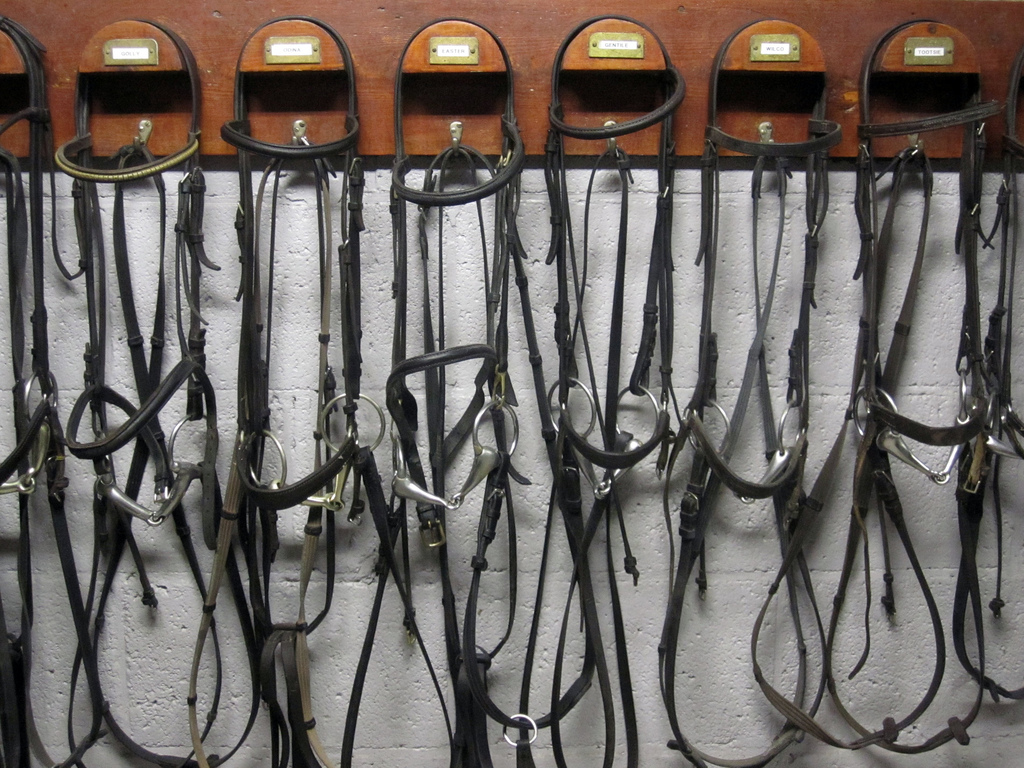 Photo: Flickr/Liesbeth den Toom
Photo: Flickr/Liesbeth den Toom Photo: eXtensionHorses/Flickr
Photo: eXtensionHorses/Flickr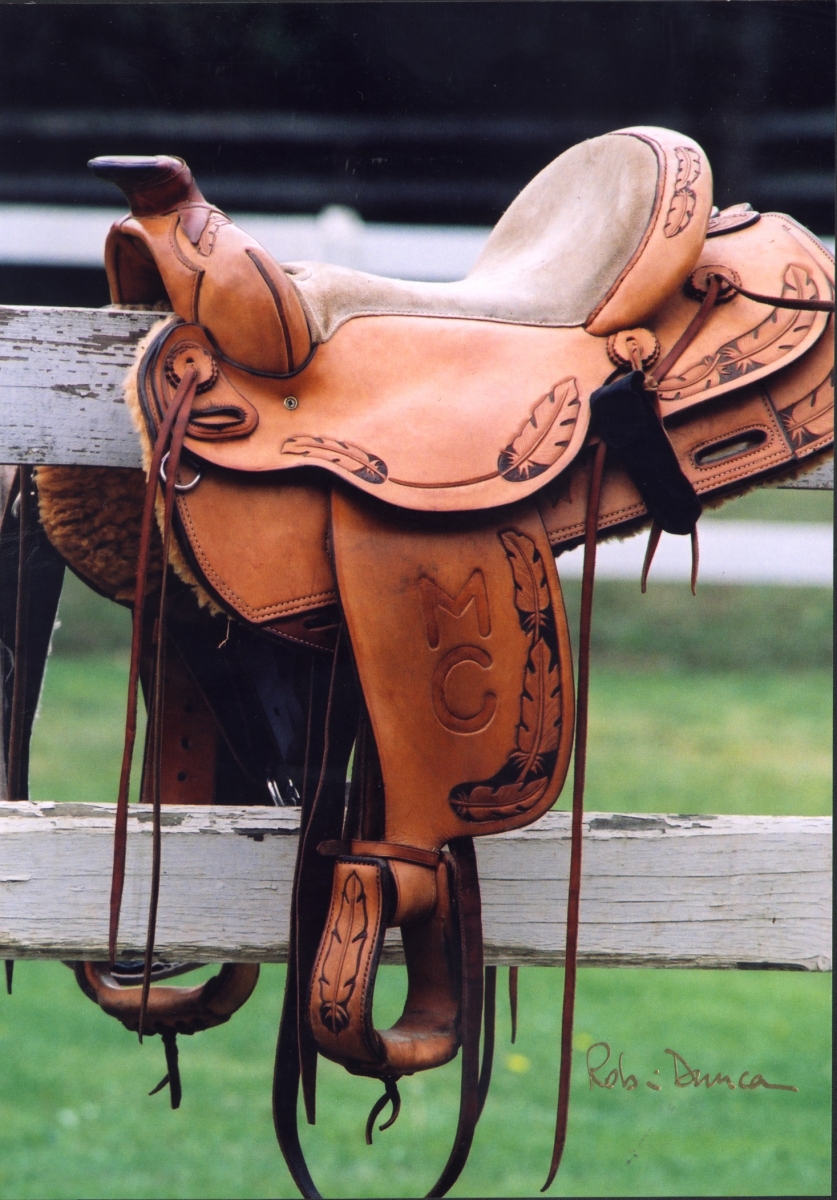 Photo: Robin Duncan Photography
Photo: Robin Duncan Photography






